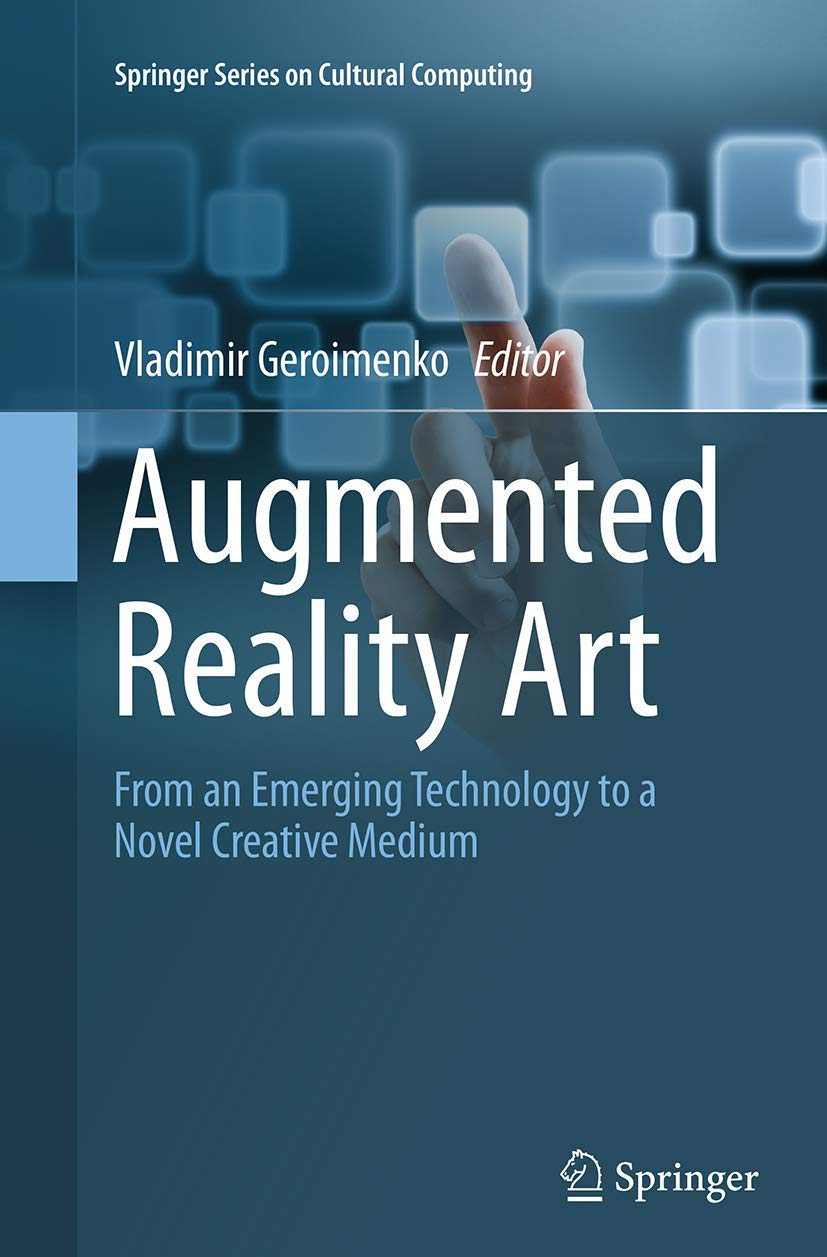The Aesthetics of Liminality - Augmented Reality Art
- Bhuvanesh Tekavade
- Jun 7, 2022
- 2 min read

Source — Patrick Lichty, (2014) The Aesthetics of Liminality: Augmentation as Artform, IN Leonardo Journal, Vol 47(4) Boston: MIT Press, p.325–336.
Despite the fact that much of the content was unfamiliar to me, I found the argument made to be highly interesting. I started recalling comparable usage that I had seen with each comparison of how AR was used now. When you buy spectacles online, for example, the websites include a feature that allows you to take a picture of yourself and see how the glasses frames would appear on you.
Similarly, online furniture apps allow you use your phone camera to test out the furniture as an AR model.
This type of augmented reality technology has made visualizing a variety of things a lot easier. Obviously, these instances are far from the hollo AR technology utilized with Hatsune Miku's character, but the advancement has been incredible, and we can only look forward to the moment when, as the author claims, we will have Star Trek-like equipment in the near future.

Source — Geroimenko, V. ed. (2014) Augmented Reality Art: From an Emerging Technology to a Novel Creative Medium, Springer Press, Part 11, pp 98–198
The chapter begins in a similar manner. They discuss the various planes in which AR exists, as well as how technology has developed to the point where AR as a technology has had the opportunity to progress.
The authors discuss the many ways for projecting AR, including
Fiducial — which uses a point to project
Planar — which is a more advanced version of the Fiducial approach.
Environmental — Uses an existing location and projects accordingly.
Locative — Uses certain points of interest to project content.
Embodied — Hatsune Miku was a fantastic example that was brought up. I'm familiar with this character, but I've never used any of the applications mentioned by the author. Most of these apps use a marker, but they also have their own sense of space where the character can conduct the programmed behaviors in response to user inputs.

Art installations, in my opinion, are a fantastic way to advance and showcase AR technology. Even inside a limited location, the user can see a completely distinct cinematic immediately on their phone, without having to do any preparations.
A lot of what the author says corresponds to my own thoughts on the subject. I don't think video games are going to change much in the near future. Pokémon GO, for example, is something I believe is reaching its pinnacle, but there are many other forms and genres of video games that are vying for the top spot.
But what about in the case of art? There are a plethora of options and approaches to consider. It's incredible that a basic pen and a smartphone (which most people today will have) can project emotions, colors, and interactions. You don't even need a lot of technical knowledge to use such an installation. All phones nowadays come with scanners that can be used to scan embedded marks at a site. Any user can access the art or experience offered in a basic area using this and a few easy procedures.



Comments